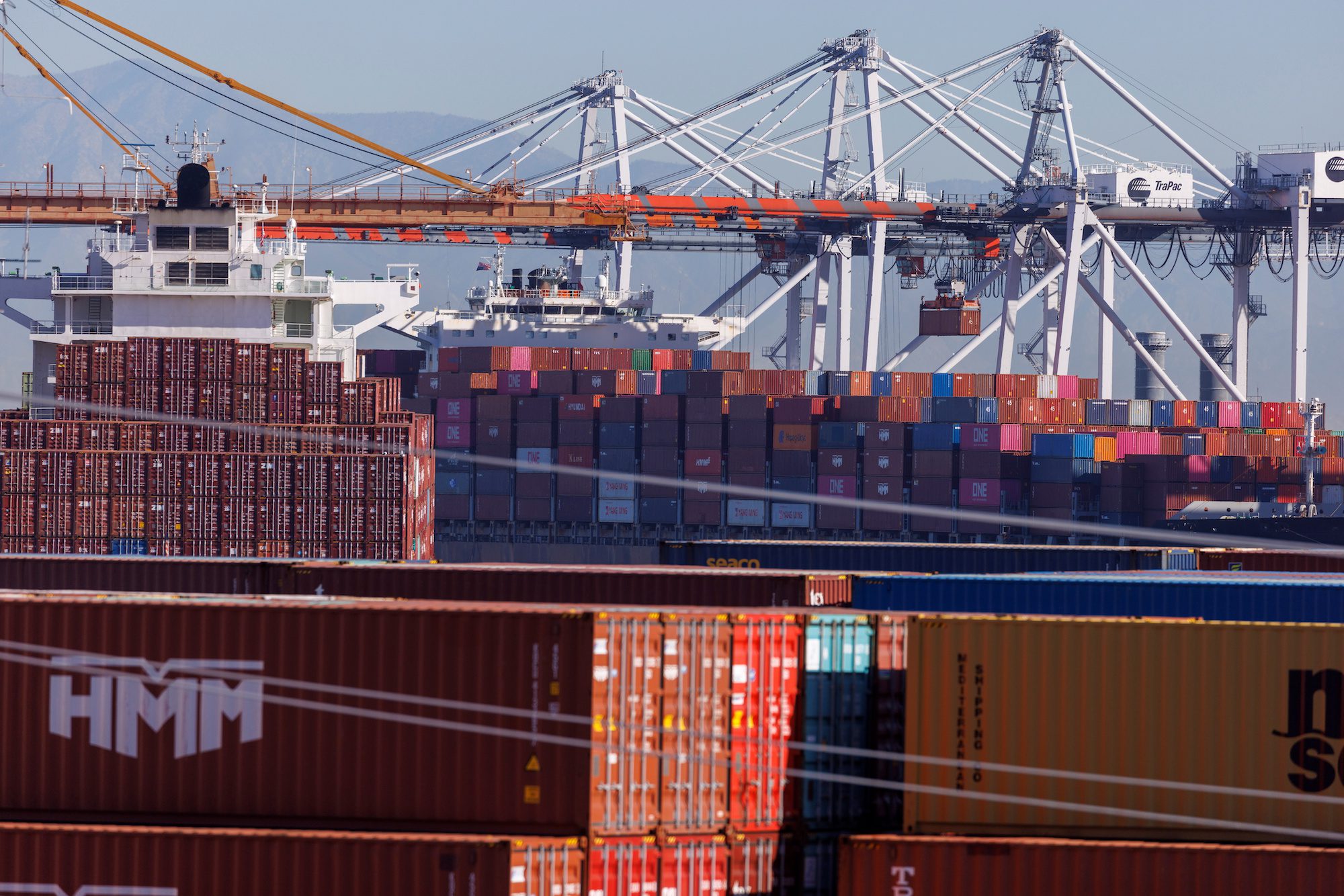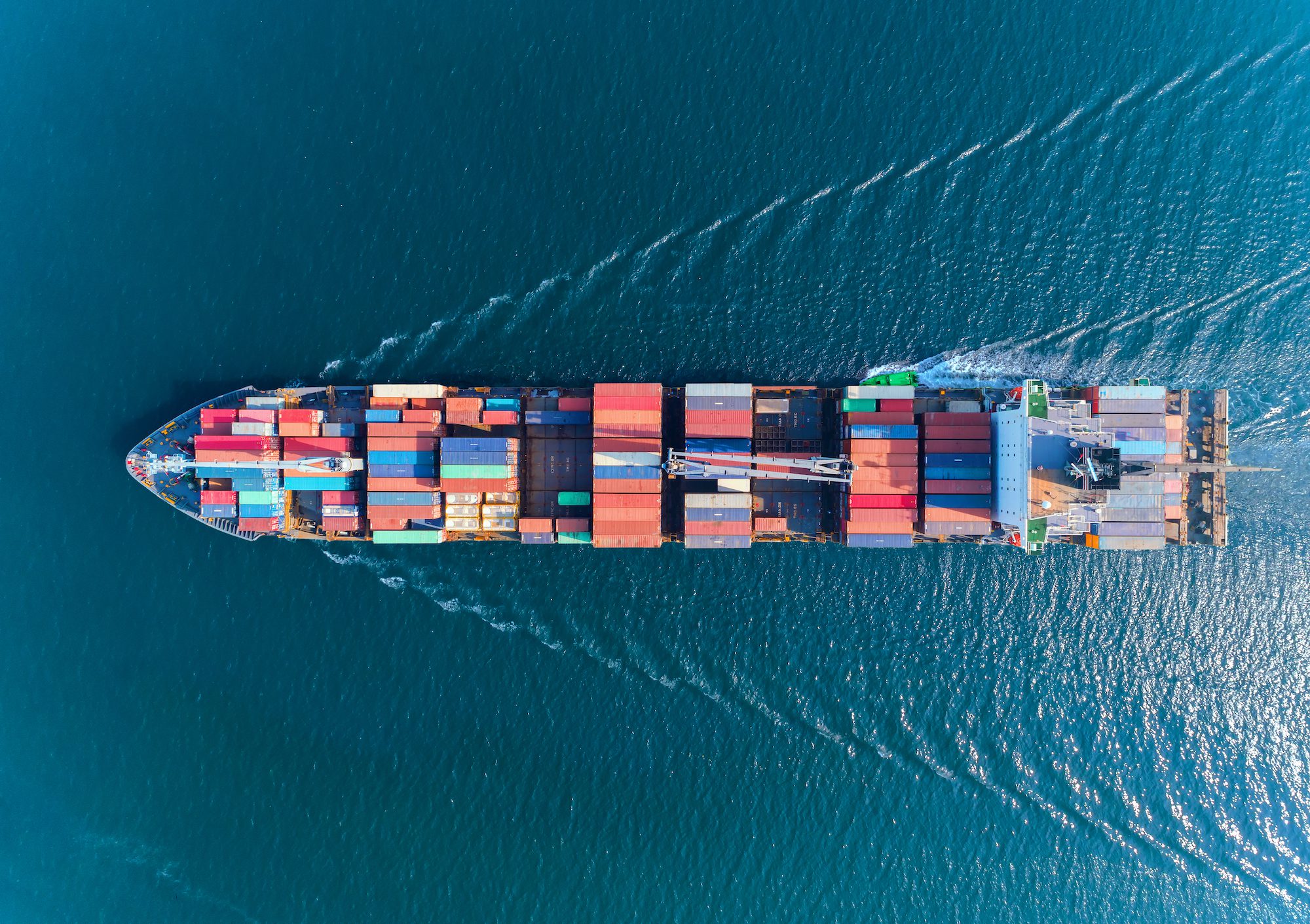By Julian Lee (Bloomberg) —
Russia assembled a huge fleet of tankers to beat western sanctions. They’re struggling to get the job done, writes Bloomberg oil strategist Julian Lee.
The European Union banned almost all seaborne crude imports from Russia back in December, forcing Moscow to divert the shipments thousands of miles to China and India.
But as the fleet of Russian and Russia-friendly tankers makes those longer-distance deliveries, it’s getting stretched out, making the country increasingly reliant on European-owned vessels again. That matters because they are barred from carrying Russian oil — and cannot get insurance to do so — if the cargo costs more than $60 a barrel.
Before the EU crude import ban and an accompanying G7 price cap were introduced, almost half of Russia’s crude exports from its western ports were carried on ships owned by European firms. That share collapsed to about one-quarter in the first month after the sanctions came into effect on Dec. 5 and was filled with Russia’s own vessels and ships from the shadow fleet, shown as “unknown” in the chart above.
But in the second month, most of those Russia-friendly vessels were still engaged on their first post-sanctions voyages. With insufficient tankers available to maintain the flow, the share of the trade carried on European ships rebounded to more than one-third.
The figures will ebb and flow. Most of the Russian-owned and shadow-fleet tankers are now on their way back after discharging their cargoes in India, so it’s likely that their share of the Russian trade will rebound again in February, but after that the reliance on European vessels could climb again.
Trade Shift
The shift that caused this has been swift.
At the start of 2022, European buyers took 89% of the crude shipped out of ports in western Russia, India took almost none. A year later, the positions had been reversed, with 85% of shipments heading to ports in India and just 6% remaining in the Mediterranean.
That has had a dramatic impact on the average distance a barrel of Russia’s crude has to be hauled to get it to a buyer which, in turn, raised the length of time cargoes are on the water and the number of vessels needed to maintain the flow.
The trade-weighted average journey of a barrel of Russian crude exported from the country’s main export terminals in the Baltic rose from less than 3,000 miles in January 2022 to more than 9,000 miles a year later. The initial increase was driven by a slump in flows to customers in the Baltic region — Poland, Lithuania, Finland and Sweden — and northern Europe — principally the Netherlands and Germany. They were initially replaced by buyers in the Mediterranean, where a refinery owned by Lukoil PJSC boosted its processing of Russian crude.
By April, India was emerging as a major buyer of Russian Baltic crude, with China also taking significant volumes. The ebb and flow of these two markets drove the trade-weighted average distance over the summer of 2022.
A slump in shipments to the Mediterranean in the final months of 2022, with the European Union import ban coming into force on Dec. 5, drove almost all cargoes to Asia, pushing the average journey to its current level.
Longer journeys mean more time at sea and require more ships to keep the flow moving. Voyage times on key routes measured from vessel tracking data show that it takes 66 days for a tanker to complete a round-trip journey from the Baltic or Arctic to the west coast of India, as long as there are no significant discharge delays when it reaches its destination.
Most deliveries to China are discharged at ports in Shandong province, entailing a round-trip journey from the Baltic of 123 days, or more than four months
Russian cargoes are typically carried from the Baltic on Aframax-sized vessels, capable of carrying about 700,000 barrels of crude. Ships of this size are also used within the Black Sea and to Turkey. Cargoes loading in the Arctic and those moving from the Black Sea to India are typically carried on larger Suezmax vessels, which can carry about 1 million barrels of crude.
In January 2023, Russia exported 91 crude cargoes from its export terminals in the Baltic, Arctic and Black Sea, of which 68 went to India and another nine to China. Maintaining exports at this level to the same destinations over the coming months would require a dedicated fleet of 203 crude tankers — 162 Aframaxes and 41 Suezmaxes.
Russia’s state-owned shipping company Sovcomflot PJSC has a fleet that includes 10 Suezmax tankers and 32 Aframaxes. That’s nowhere near enough to carry all of Russia’s crude exports from its western ports.
Even adding a shadow-fleet of vessels with Moscow-friendly owners, that’s not yet proving enough to meet the nation’s needs.
© 2023 Bloomberg L.P.

 Join The Club
Join The Club











